Pancakes
March 25, 2020
Today we'll cook something.
It's not bread, but it's a first step on the way to bread.
We're going to mix a batter that will feel similar to the sourdough starter we're maintaining.
The batter will rest a bit like our starter. And then we'll cook it.
How big should the pancakes be? That's up to you. I like making them 4" across and I also like making small ones that are 2" across.
For years we celebrated my youngest daughter's birthday with rainbow colored pancakes. Get some food dye and take a few spoonfuls of the batter at a time and place it in another bowl and color the batter one color and cook those while you're coloring the next batch.
Add blueberries to your batter and it feels like a whole different dish.
Add 50% more flour and you can make waffles.
Use less flour and make them much bigger and thinner and you have dutch pancakes.
Replace some of the flour with your sourdough starter once it starts to bubble and you have sourdough pancakes.
In other words, today's recipe is just a starting point. You can play and experiment.
Kim's Mother's Day meal was always Pear Crepes with freshly whipped cream and home made caramel sauce. That's some upscale pancakes. If you remind me in May, I'll post the recipe for making all of that.
So here's an easy recipe - feel free to double or triple it. This is the amount for one egg.
Mix together one cup of all purpose flour, one teaspoon of baking powder, a pinch or two of salt, and a teaspoon or so of sugar.
In another bowl beat an egg together with a cup of milk.
Pour the wet ingredients into the bowl with the dry ingredients and stir them together. Do not beat them together. You're mainly just moistening the dry ingredients. It shouldn't be overly lumpy but you don't have to make it completely smooth.
If you lift your spoon from the batter you should be able to drip all of the batter from you spoon back into the bowl. If it sticks to the spoon and stays there you need to add a little more milk. The idea is you should be able to get a ladle or something else and pour the batter onto your pan.
Once you've made this once you can adjust the ingredients so you get the texture you like. For example, you might want less milk to make a thicker batter.
Heat a non-stick skillet or griddle or use some sort of butter or oil or spray on a regular pan or griddle.
My first pancakes almost always stick. It means I've over heated the pan. Lower the temperature so it's on medium low.
We have a dog so I always set these first pancakes aside for Annabelle to eat later.
After the first couple of batches I take a paper towel and wipe out the pan and then spray it or oil it again. After the first couple of batches, nothing is sticking so I don't need to wipe or re-oil.
Ladle in (or spoon or pour) your pancakes and look for bubbles. You'll see the top will be liquid but beginning to set while the bottom of the pancake should be light brown. Flip the pancakes as they are ready. When the other side is light brown take them out of the pan.
Check a pancake - if it isn't cooked in the middle your pan is too hot. Reduce the heat.
At this point you should stop reading this and be off eating them.
